A PLC has been programming to control the starting and stopping of a three-phase electric motor.
Shown here is a partial wiring diagram and offline PLC program display for the system:
Example PLC Program
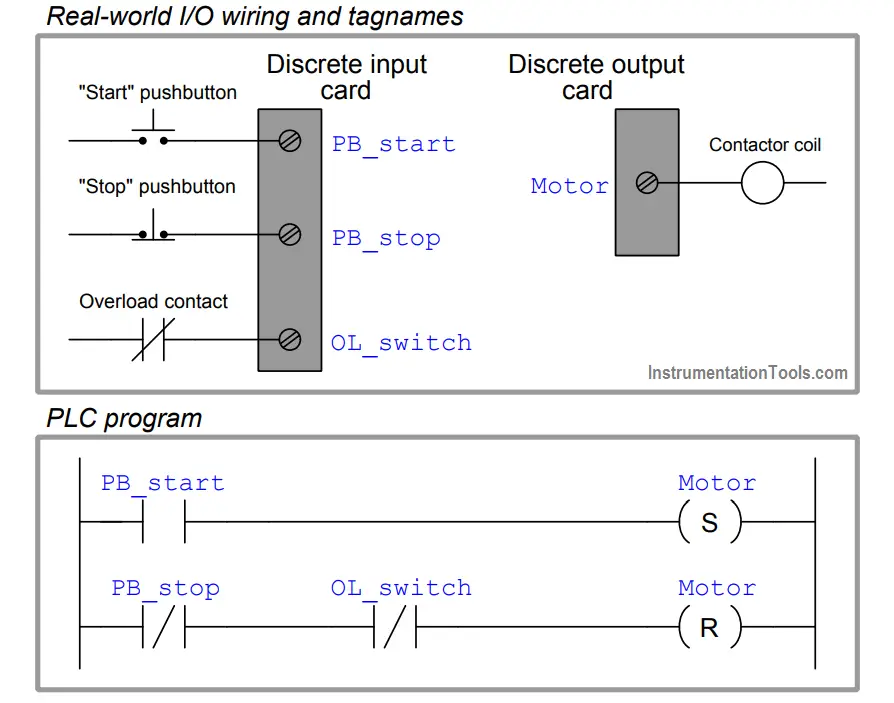
Identify the problem(s) in this PLC program, and modify it so that it will work as it should.
Answer:
The PB_stop and OL_switch instructions in the second rung of the PLC program need to be connected in parallel with each other rather than in series.
Being NC real-world switches and NC contact instructions, each one will “color” when the motor is supposed to stop (i.e. the PB_stop instruction colors when anyone presses the Stop pushbutton, and the OL_switch instruction colors when the motor overheats).
Right now, programming in series with each other, both conditions would have to take place in order to stop the motor!
To make the motor stop if either condition occurs, we need these two instructions to be programmed in a logical “OR” fashion, and that necessitates a parallel connection between the two contact instructions.
If you liked this article, then please subscribe to our YouTube Channel for PLC and SCADA video tutorials.
You can also follow us on Facebook and Twitter to receive daily updates.
More PLC Questions :
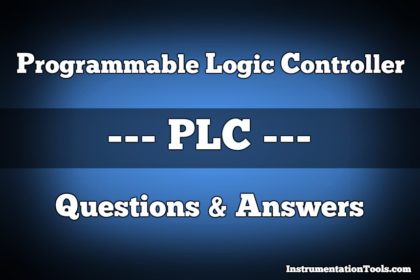
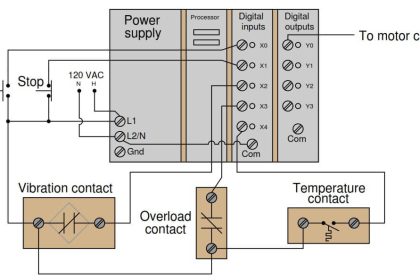
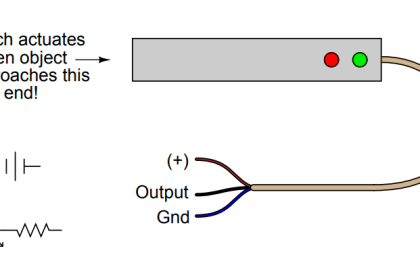

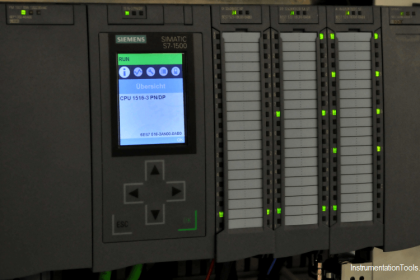
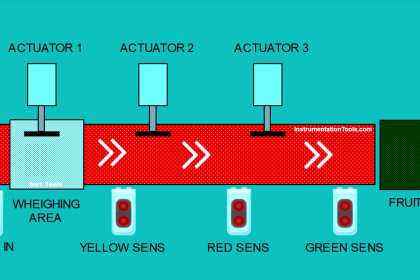
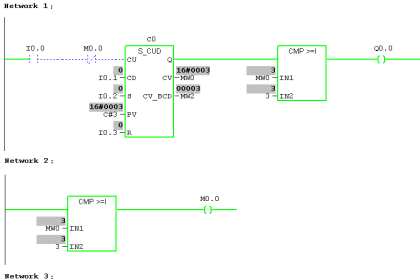
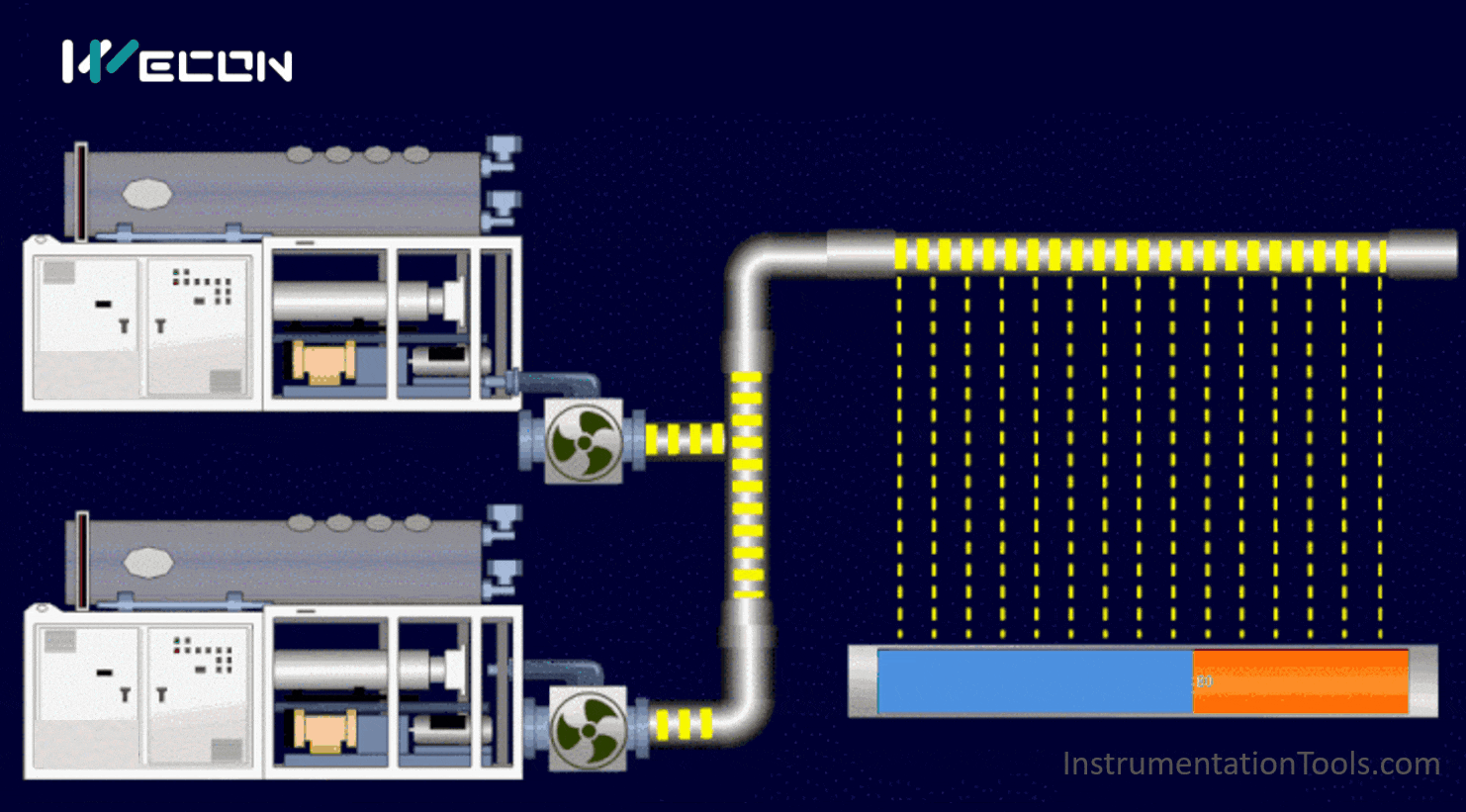

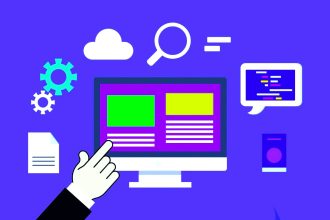
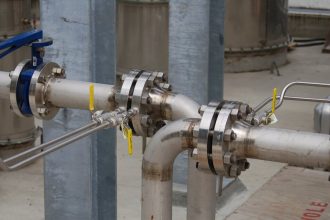
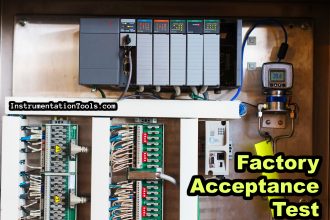
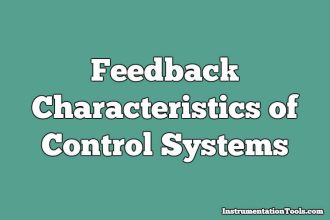
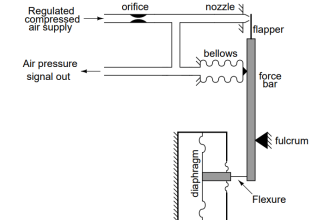

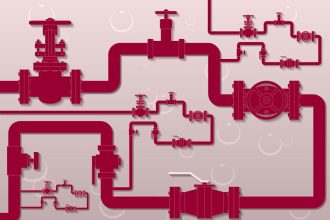

It seems to be wrong for this answer.